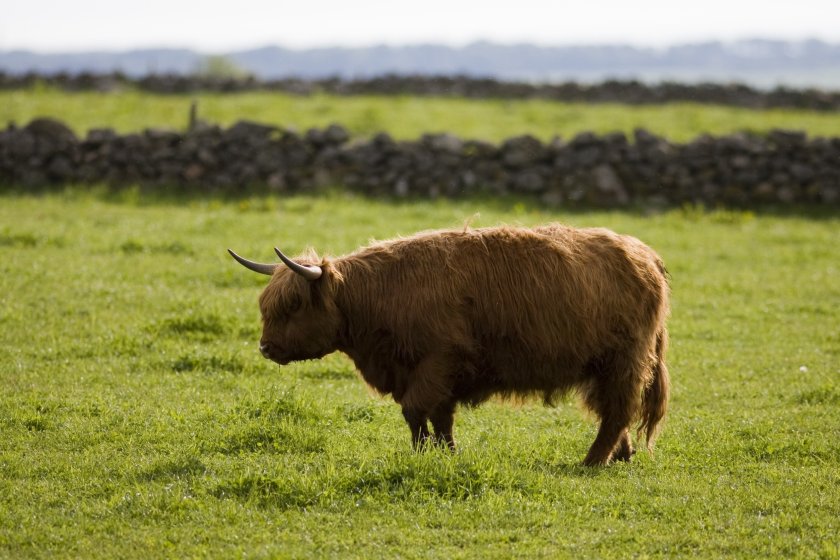
The Scottish red meat sector is now worth £2.8 billion, up 16 percent from £2.4 billion in 2016 when the sector was last assessed.
Quality Meat Scotland's (QMS) report, released today (5 September), looks at the economic contribution of Scotland’s red meat supply chain to the Scottish economy.
Red meat production contributed between 36% and 38% of Scottish agricultural output in the latest five years for which figures are available, with almost a quarter of output coming from the iconic beef sector.
Sarah Millar, QMS’s chief executive, said the report was vital to understanding the red meat supply chain in Scotland - as well as the rural economy.
"Red meat is fundamental to Scotland’s agri-food sector," she said, "With an annual economic output of an estimated £2.8bn, up over 16% from £2.4bn in 2016.
"The red meat supply chain is absolutely fundamental to wider Scottish agriculture. It includes on-farm production, farming inputs and processing."
Whilst varying regionally, red meat output accounts for 36% of national farming output, with on-farm output now up by more than £100m, from £1.16bn in 2016, to £1.27bn now.
The wider supply chain also generates important revenues with £885m from meat processing, £361m from core supply trading (veterinary, machinery, fertiliser, feed and repairs/buildings) and a further £225m in output from other farm supplies.
The report highlights the future value of maximising livestock output from Scotland: “There is opportunity to retain more value from the red meat chain if more Scottish livestock were processed in Scotland," Ms Millar said.
"But this requires the whole chain to work together to build the opportunities in a number of ways – as we outlined in QMS’s five-year strategy at this year’s Royal Highland Show.
"It’s vital that we all shout loud and proud about our meat’s provenance, quality, and the heritage of our Scotch red meat to develop an increase in domestic supply contracts as well as export opportunities.”
The report also gives a comprehensive update on the employment within the red meat chain, which currently sustains over 39,000 jobs.
The majority (80%) – 31,200 people - are on farm, 3,880 in meat processing, 2,000 in the core supplies industry – such as feed and veterinary services - and 2,200 employed in other supplies to the sector.
Ms Millar added: “Livestock farming is so important to the fabric of our rural economies, supporting both hired and family labour, in full-time and in part-time roles, and in-turn other local businesses in rural and remote places.
“What’s also important to note is that, when you add in the further processing of red meat into cooked foods and food service, for example, the total employment contribution of the red meat sector is even greater.”
Finally, QMS's report highlights the importance of red meat-based agriculture to remote rural areas.
The farms and crofts that produce store lambs and cattle underpin economic activity in much of Scotland, and importantly, the hills and islands of the north and west.
Without crofting and hill farms, there would be increased depopulation and the hollowing out of remote communities, the report said.
Rural Affairs Secretary Mairi Gougeon said the report highlighted the 'continued importance' of the red meat supply chain both to Scotland’s economy as well as rural communities.
She said: “Improvements in on-farm efficiency as well as work to further build the brand and reputation of our nation’s iconic meats have led to a marked increase in value of the sector.
“This is down to the diligence and hard work of farmers, crofters and all those who work in the wider supply chain.”
